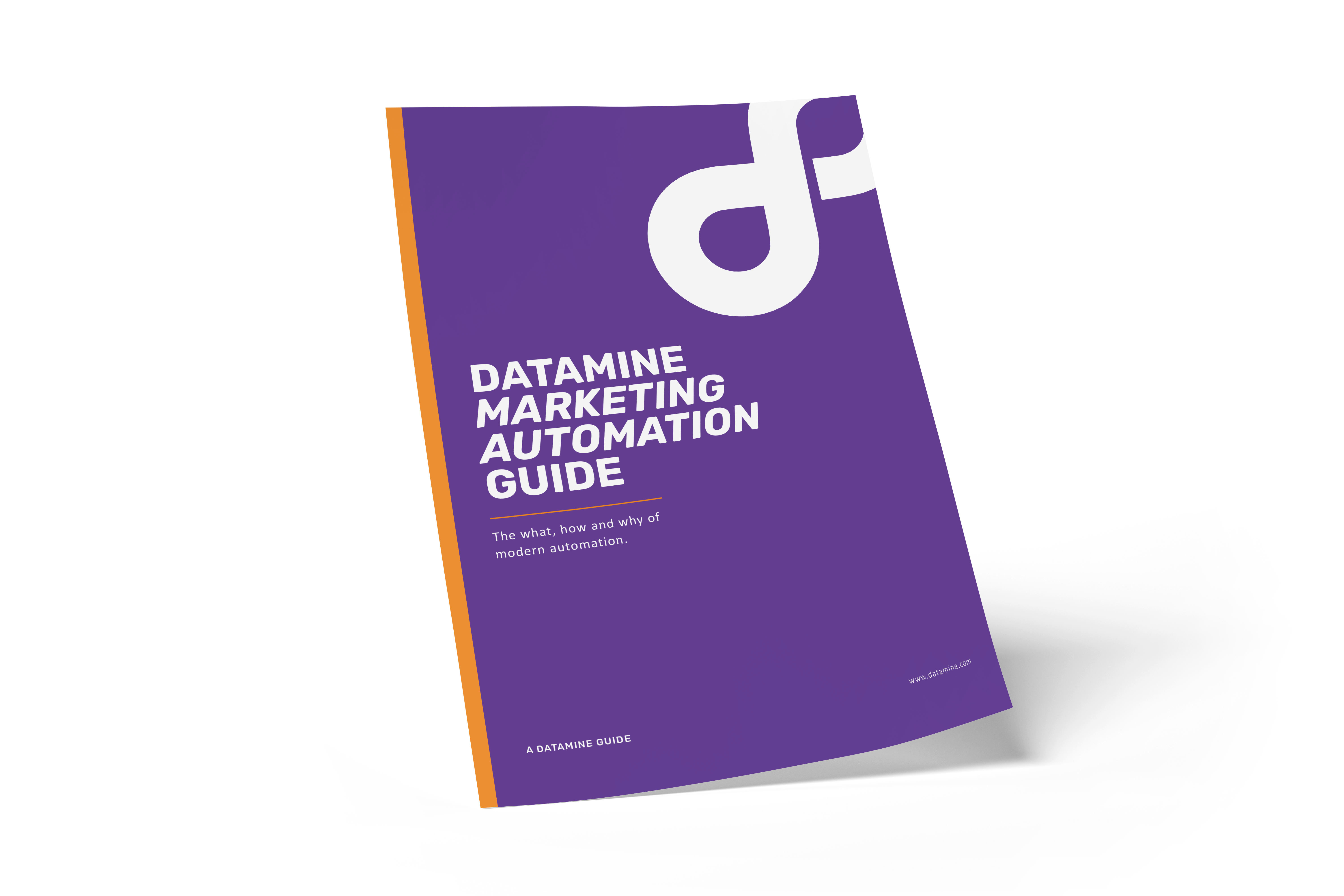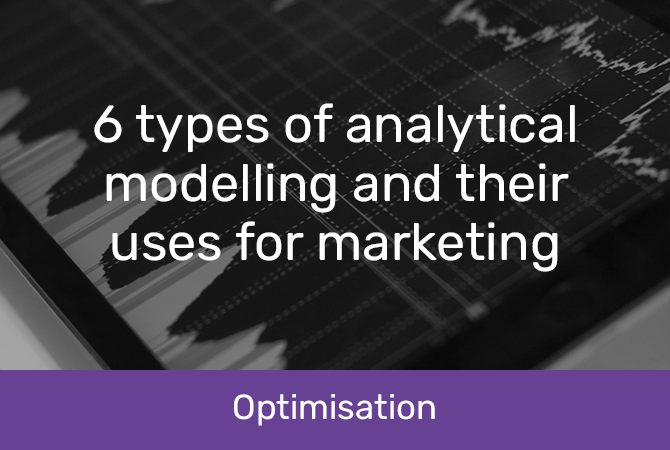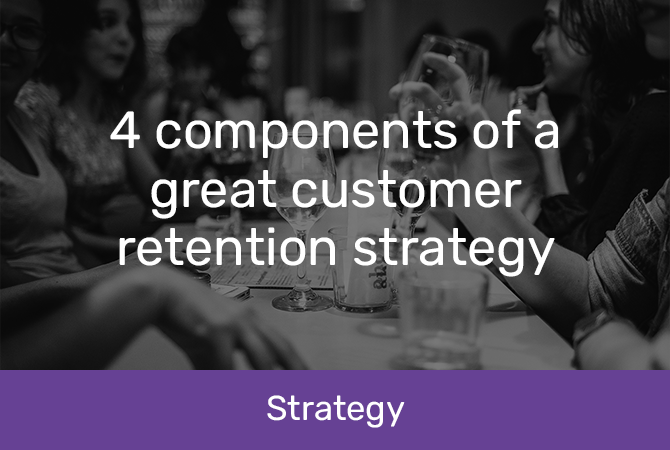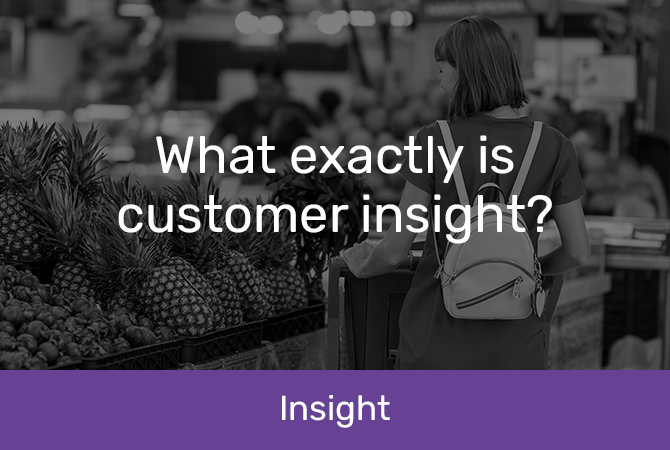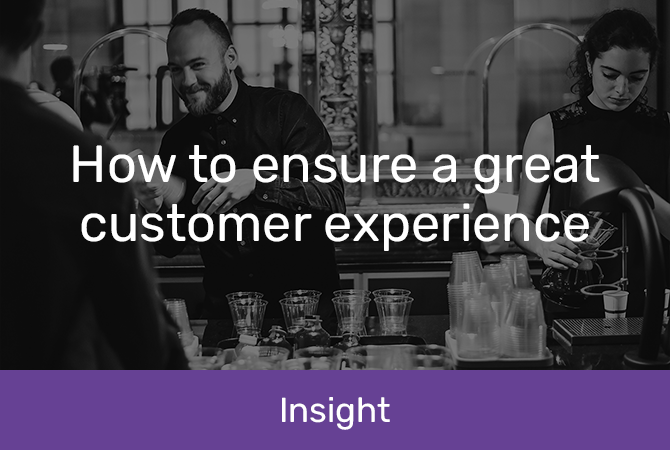Turning data into donors with IHC
IHC supports New Zealanders with intellectual disabilities and their families. The not-for-profit organisation depends on donations, particularly regular payments from members of its Smile Club, to fund these services. When it wanted to identify and target prospective Smile Club members, it approached Datamine for help.
The solution
Datamine built a predictive model using existing donor data and Statistics NZ census data. The model ranked prospects based on their likelihood of making a donation, and identified the mesh blocks (the smallest geographical areas defined by Statistics NZ) with the residents most likely to become long-term Smile Club members.
The result
Findings from the predictive acquisition model in its acquisition campaigns flow through to IHC’s marketing operations. Instead of using mass messaging, the marketing team is now able to target prospects based on location, resulting in increased donor acquisition. The precision approach also lets them focus campaign spend in the right places, reducing waste. For an organisation that needs every dollar and every donor it can get to continue its vital work, this is a real benefit.

